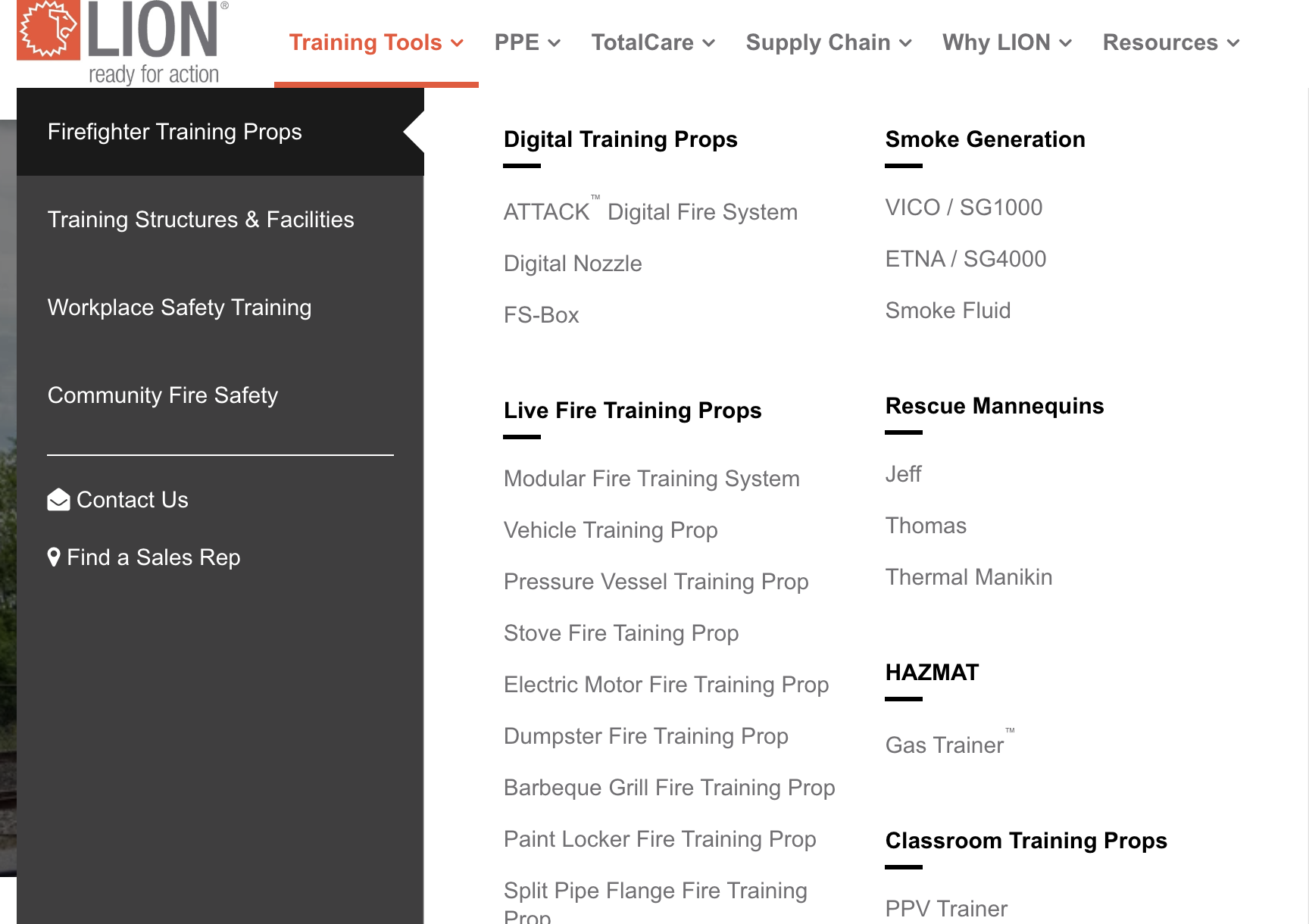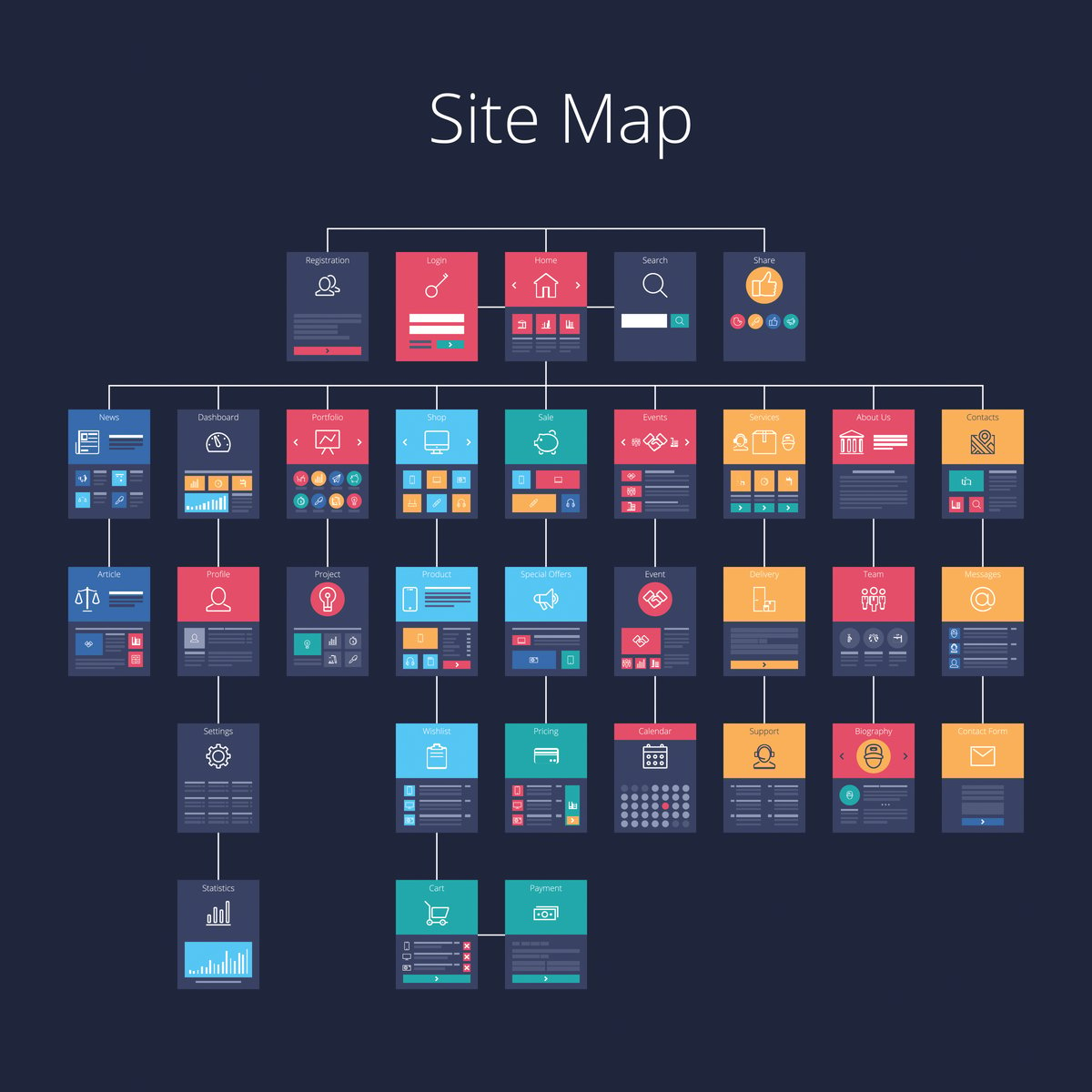Join 40,000+ sales and marketing pros who receive our weekly newsletter.
Get the most relevant, actionable digital sales and marketing insights you need to make smarter decisions faster... all in under five minutes.
Digital marketers and SEO professionals are always talking about the seemingly infinite amount of elements that affect your website’s SEO health.
However, one element that isn’t discussed as frequently is your physical site structure.
This refers to the overarching hierarchy of your website - how you get from one page to the next, and how they all relate to one another.
While the structure of your website is, without a doubt, a vital component of success, it hasn’t been given the same attention from an SEO perspective as other critical parts of the website process.
Can just the structure of your website have an effect on SEO? And what’s the best way to structure your site to be friendly to search engines?
Well, Google’s John Mueller has given us an answer to that question during a Google Webmaster Central Hangout.
His statements provided valuable insights for anyone interested in SEO, showing why site architecture is important not only from a user standpoint but also how the structure of your website helps Google understand the context of your pages and how they relate to one another.
Google’s take on best site structure
Mueller got on the topic of site structure when asked a question about a website without a conventional site architecture.
The term “conventional site architecture” refers to what we typically see in many modern websites. Also known as “Theme Pyramids” this structure goes from one general subject to more specific subtopics, so the final result resembles a pyramid.
In this type of site architecture, the home page would be the top of the pyramid, the second row would represent subtopics that are linked from the main navigation, and the interlinked pages from those navigation pages would act as the remaining rows in the pyramid.
When a website lacks this conventional site structure (which is what Mueller is being asked about), it’s referred to as a flat site structure. This means that all pages are one click away from the home page, so it would appear “flat” if you’re noting the navigation depth of the site down on paper.
In response to a question on flat site structured websites, Mueller stated:
“In general, I’d be careful to avoid setting up a situation where normal website navigation doesn’t work. So we should be able to crawl from one URL to another URL on your website just by the links on the page”
In other words, Mueller is saying that flat site structures can result in crawlability issues. If there isn’t anything linking off of a page to another, related page, it makes it difficult for Google to appropriately understand your website.
This lack of organization also makes it more difficult to navigate for users at times.
Mueller further elaborated on this, explaining:
“If that’s not possible then we lose a lot of context. So if we’re only seeing these URLs through your sitemap file then we don’t really know how these URLs are related to each other and it makes it really hard for us to be able to understand how relevant is this piece of content in the context of your website”
The takeaway? Conventional site structures are popular because they work. Mueller’s remarks make it clear that a hierarchical site architecture provides key indicators on the meaning of your website’s pages, and how they relate to one another.
Links provide valuable context to Google
Just like how external links to authoritative resources provide context to Google that your page must also be authoritative, Google takes your internal links as a signal of the importance and meaning of each of your web pages.
This structure is also why you should never have an “orphaned page” on your website, and why pillar content pages must be linked in the page itself and throughout your website — it gives it context and helps Google better crawl and make sense of the on-page material.
Any page that has no links in or out of it must not be that important for users to get to.
After all, the only option for them to do once they arrive is to click the back button - a big SEO red flag.
Make sure they’re relevant, though!
While Mueller has confirmed that a hierarchical site architecture is easiest for Google to crawl, there is still some legwork that needs to be done to ensure it is reading it correctly.
Make sure your category names are meaningful, and that all interlinked pages make sense under one another.

For example, in a website hierarchy, you wouldn’t want to list products and have “careers” be the next level under that. Each level should be a deeper dive into the pages above that.
Additionally, make sure your categories are keyword optimized and can help users understand where they’ll end up. Ideally, you’ll want main categories to be a general keyword you want to rank for, with each level being a more specific, long-tailed keyword that suits a particular need.
This will help them navigate your website with ease, which boosts your overall site’s SEO — as they’ll be spending more time on a page, and have multiple pages per session with click-throughs — a key signal to Google that they’re finding what they’re looking for.
Above all else: Think about the user
Often, marketers struggle with catering to Google’s algorithm, when really, that shouldn’t be their core focus.
Let me explain: Ultimately, Google’s algorithms cater to what’s best for the user - the best content, the best site speed, and the best site structure.
If you’re doing what’s best for the user, delivering quality in the easiest, most effective way possible, more often than not that’s the right answer.
After all, Google’s bots crawl your website very similarly to how a user might browse your website if they were trying to make sense of what it’s all about. It then uses those observations to determine your ranking.
So, as long as a great user experience remains top of mind, you’ll be rewarded for it more often than not.
Free: Assessment

